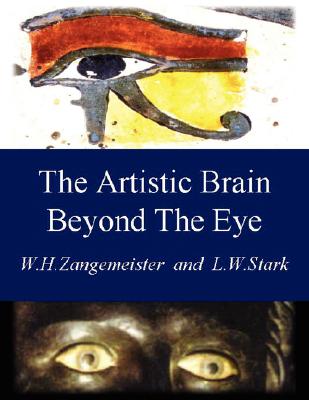Artistic Brain Beyond the Eye: Art and Communication Through the Visual Brain
$78.74
Description
What is painting, but a communication channel for the MESSAGE between artist and viewer? Artists first imagine a painting, using their “mind’s eye” image of a segment of their world. Next, using their genius, techniques, and skill, they transfer their mental representations onto the canvas. What is then the function of the externalised painting? It is to communicate a message to a viewer. Our book is about a “neurological theory of art,” inasmuch it relates the particular perspective of cybernetics viewing art as “communication channel” with neuroscientific experimental findings, experiences and opinions of the human art world i. e. artists, critics, art historians, aesthetic philosophers and of course the viewers: this is the red line of our book. With our new knowledge of the modular brain, many aspects of humanistic approaches to vision and art, can be clarified. This book approaches the worlds of art criticism, art history, and the philosophy of art, from the point-of-view of recent studies on the nature of brain control of human vision, and of the role that active eye movements play. Its main topics are: . Art as a form of communication . What is top down (TD) and bottom up (BU) ? . How do they affect our viewing of artful pictures ? . Why did most artists, art historians, and art critics favour the BU approach ? . How does the Scanpath Theory and its relation to TD work ? . Neuroimaging and eye movement studies show how TD works in Visual Cognition when we look at art”
Author: Zangemeister, Wolfgang H, Author: Stark, Lawrence W, Author: Zangemeister, W H
Topic: Art & Art Instruction
Media: Book
ISBN: 1425988997
Language: English
Pages: 276
Additional information
| Weight | 1.9 lbs |
|---|---|
| Dimensions | 10.9 × 8.5 × 0.9 in |















Reviews
There are no reviews yet.